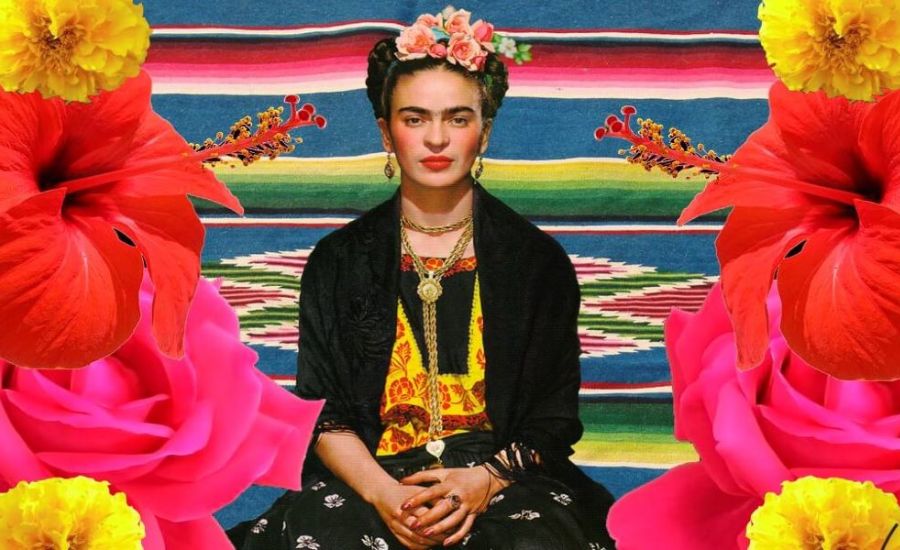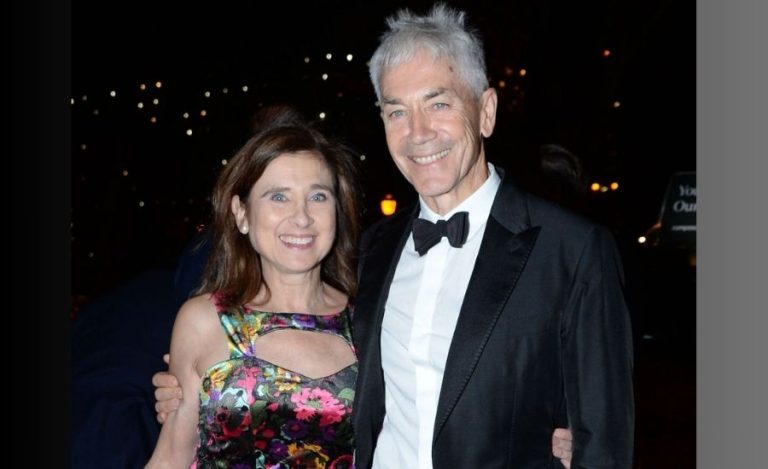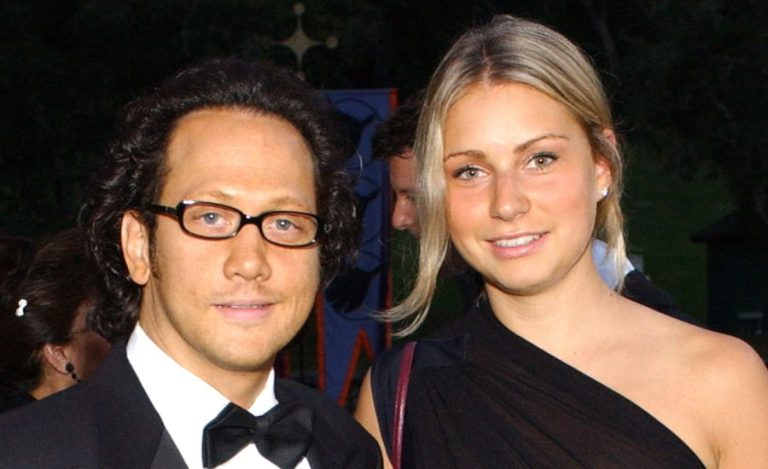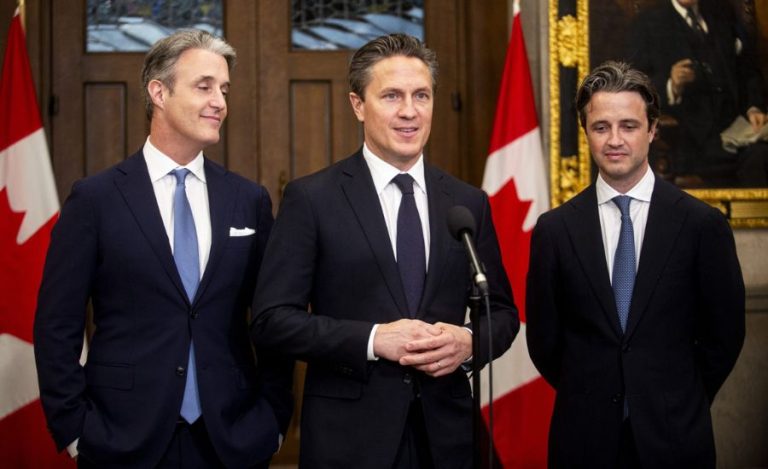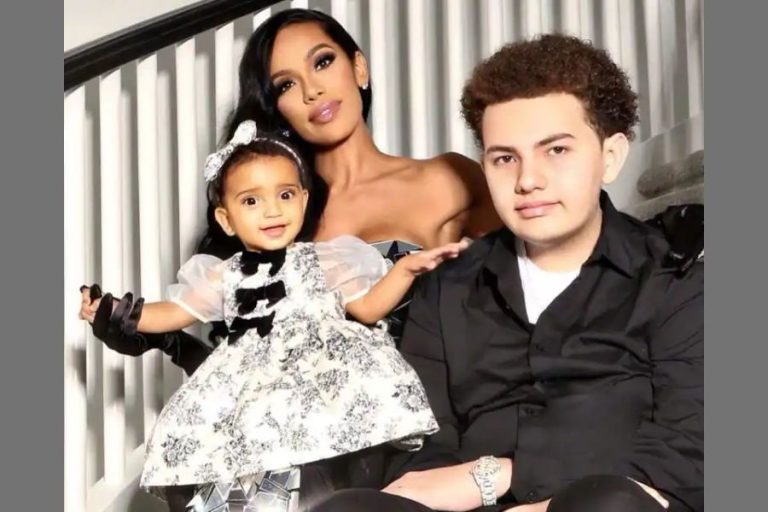The Impact of Mexican Folklore on Frida Kahlo’s Art
Frida Kahlo, one of the most iconic and influential artists of the 20th century, is celebrated not only for her striking and surreal self-portraits but also for her profound connection to her Mexican heritage. Her art is a vivid tapestry of personal pain, political commitment, and cultural pride. At the heart of this tapestry lies the rich and colorful influence of Mexican folklore and traditions, which permeated her work in numerous profound ways.
Embracing Mexican Identity
Frida Kahlo was born in 1907 in Coyoacán, Mexico City, during a time of significant political and cultural upheaval. The Mexican Revolution, which began in 1910, aimed to establish a new Mexican identity, distinct from European colonial influences. This cultural renaissance championed indigenous traditions, art, and folklore. Kahlo, growing up amidst this cultural rebirth, was deeply influenced by the resurgence of Mexican nationalism and the celebration of indigenous culture.
Mexican Folklore and Symbolism
Kahlo’s work is renowned for its rich symbolism, much of which is drawn directly from Mexican folklore. The use of vivid colors, intricate patterns, and symbolic motifs such as monkeys, skulls, and hearts can be traced back to indigenous Mexican art and mythology. For example, monkeys, often seen in her paintings, are symbols of lust and sin in Mexican folklore but also represent tender guardianship in Kahlo’s work, reflecting her complex relationship with these creatures as pets.
Her painting “The Two Fridas” (1939) is a poignant example of how she intertwines personal narrative with cultural symbolism. The double self-portrait features one Frida in traditional Tehuana dress, representing her Mexican identity, and the other in a European-style dress, signifying her more complex mestizo heritage. The exposed hearts connected by a single artery highlight the fusion of her dual heritage and the internal struggle she felt between these two identities.
Influence of Mexican Festivals
Mexican festivals, especially the Day of the Dead (Día de los Muertos), profoundly influenced Kahlo’s artistic vision. This festival, with its roots in indigenous traditions, celebrates deceased loved ones with vibrant altars, marigolds, sugar skulls, and offerings. Kahlo’s fascination with death and the afterlife, a recurring theme in her work, can be seen as a reflection of this cultural influence. Her use of skeletons and skulls, depicted not as morbid symbols but as lively and integral parts of life, echoes the celebratory and accepting attitude towards death that characterizes the Day of the Dead.
In “The Dream (The Bed)” (1940), Kahlo portrays herself lying in bed with a skeleton suspended above her in a structure reminiscent of a Day of the Dead altar. This imagery showcases her contemplation of mortality and the ever-present shadow of death in her life, influenced by her severe health issues and near-fatal accidents.
Indigenous Clothing and Jewelry
Frida Kahlo is often remembered for her distinctive appearance, frequently adorned in traditional Mexican clothing and jewelry. She wore Tehuana dresses, huipiles, and rebozos, garments that are deeply rooted in indigenous culture. This choice was not only a statement of cultural pride but also a political one, aligning herself with the indigenous people of Mexico and the ideals of the Mexican Revolution.
Her self-portraits often feature her wearing these traditional garments, which serve to highlight her identity and cultural heritage. For instance, in “Self-Portrait with Thorn Necklace and Hummingbird” (1940), she dons a traditional Mexican necklace, further emphasizing her connection to her roots and the natural world. The thorn necklace, reminiscent of Christ’s crown of thorns, combined with the delicate hummingbird, illustrates her pain and resilience, merging religious and indigenous symbolism.
Political and Social Commentary
Frida Kahlo’s art also served as a vehicle for political and social commentary, deeply influenced by the cultural and political climate of her time. Her marriage to Diego Rivera, a prominent Mexican muralist and communist, further solidified her engagement with political themes. Kahlo’s paintings often critique social inequalities, gender roles, and the plight of indigenous communities.
In her painting “My Dress Hangs There” (1933), she juxtaposes the vibrancy of Mexican culture with the industrial and capitalist landscape of the United States. The traditional Mexican dress, hanging lifelessly in the midst of American icons, symbolizes her critique of American materialism and her longing for her homeland’s cultural richness.
The Personal is Cultural
Frida Kahlo’s art is a testament to how deeply personal and cultural narratives can intertwine. Her ability to blend her personal experiences with broader cultural themes creates a powerful and resonant body of work. Kahlo’s unique perspective, informed by her struggles and her unwavering connection to Mexican folklore, has left an indelible mark on the art world.
Through her art, Frida Kahlo celebrated the vibrancy and complexity of Mexican culture, making it accessible and compelling to a global audience. Her work continues to inspire and influence artists and admirers worldwide, a testament to the enduring power of her vision and the profound impact of Mexican folklore on her artistic legacy.

